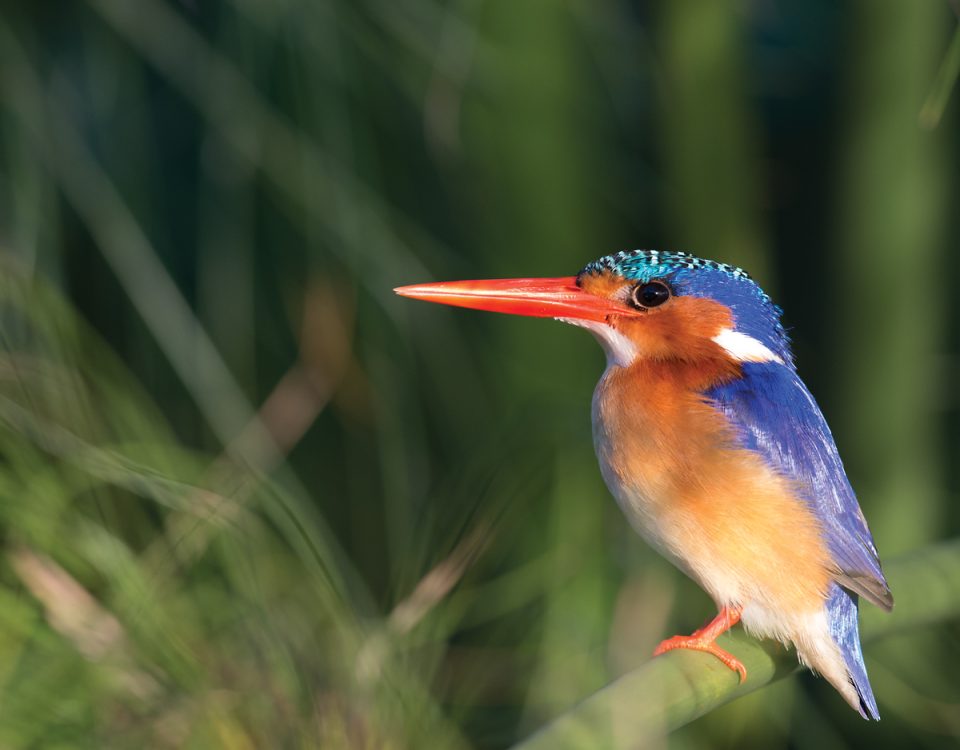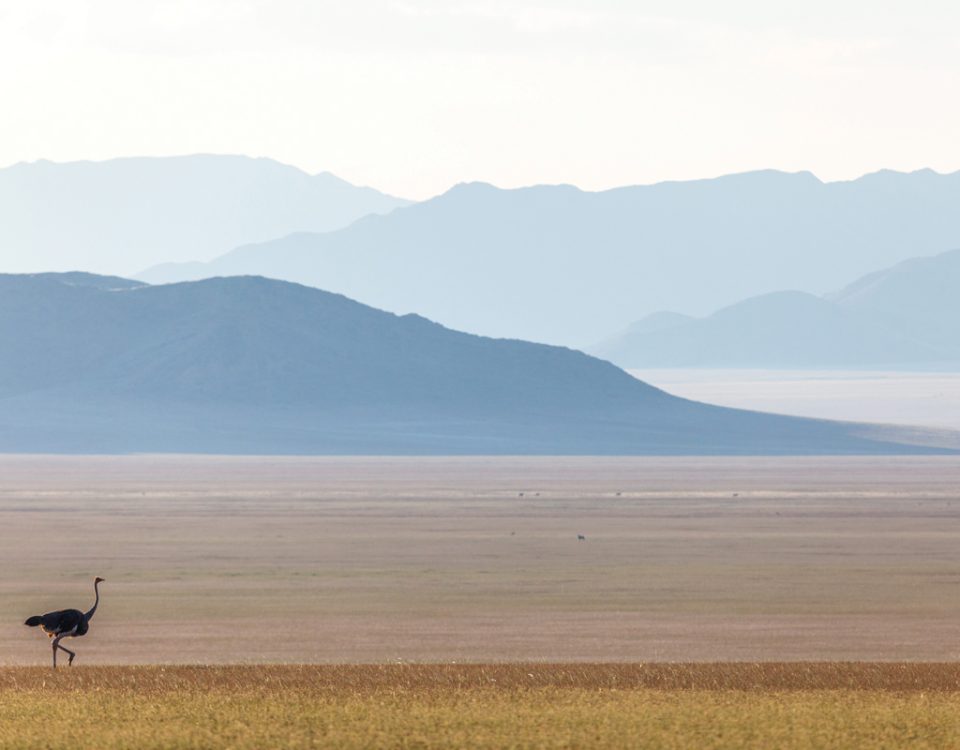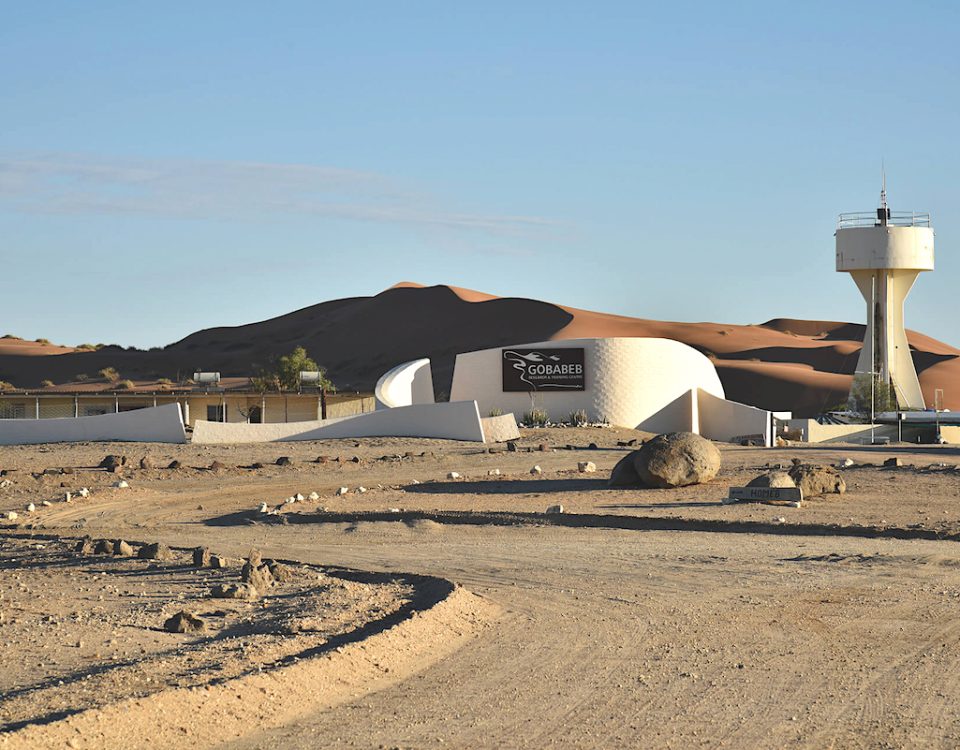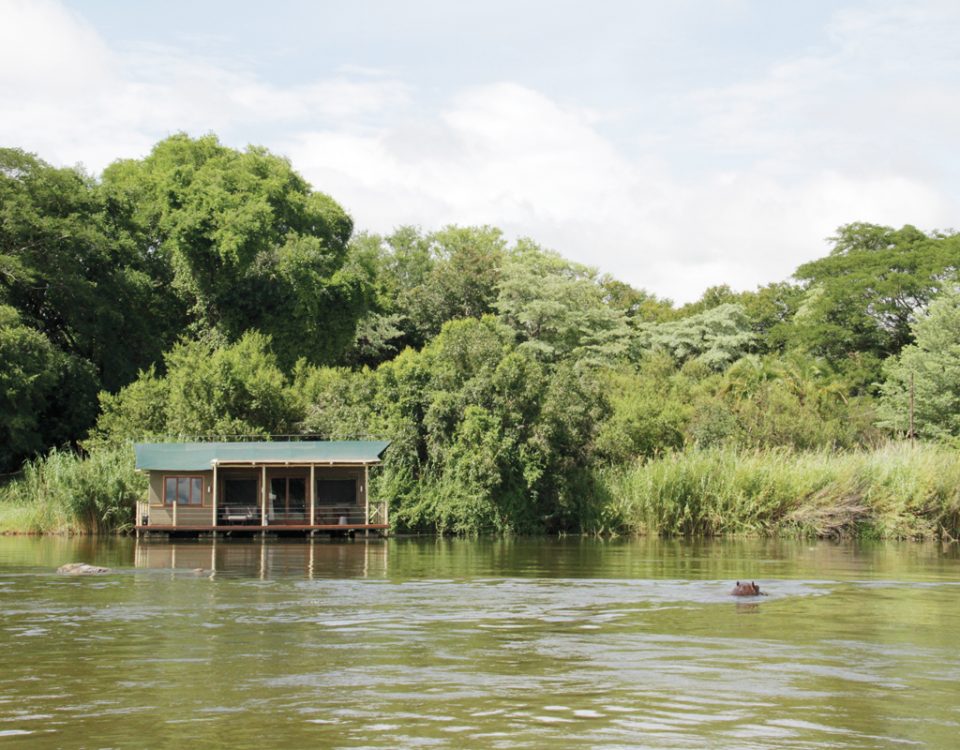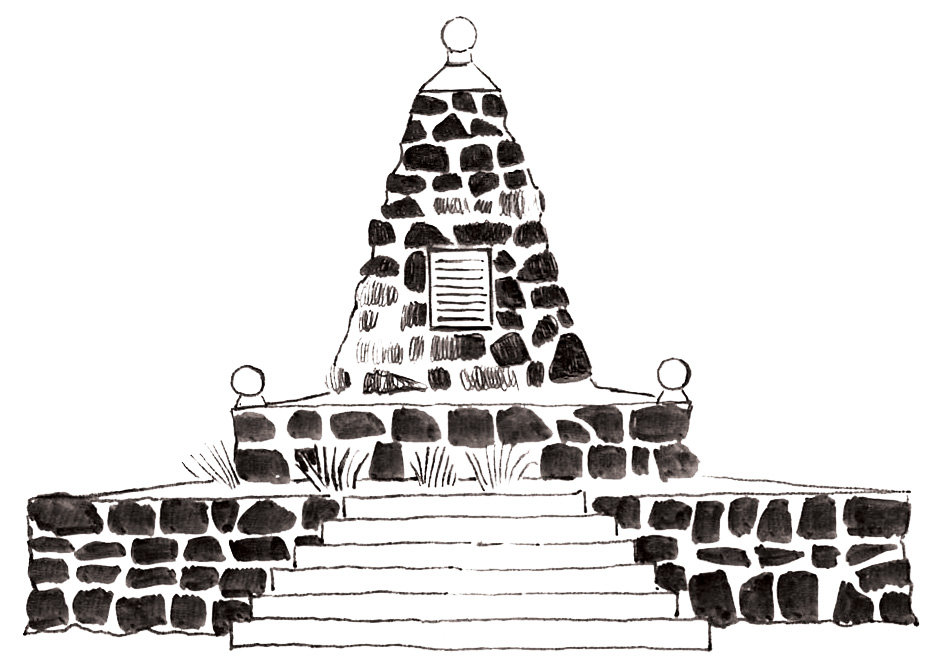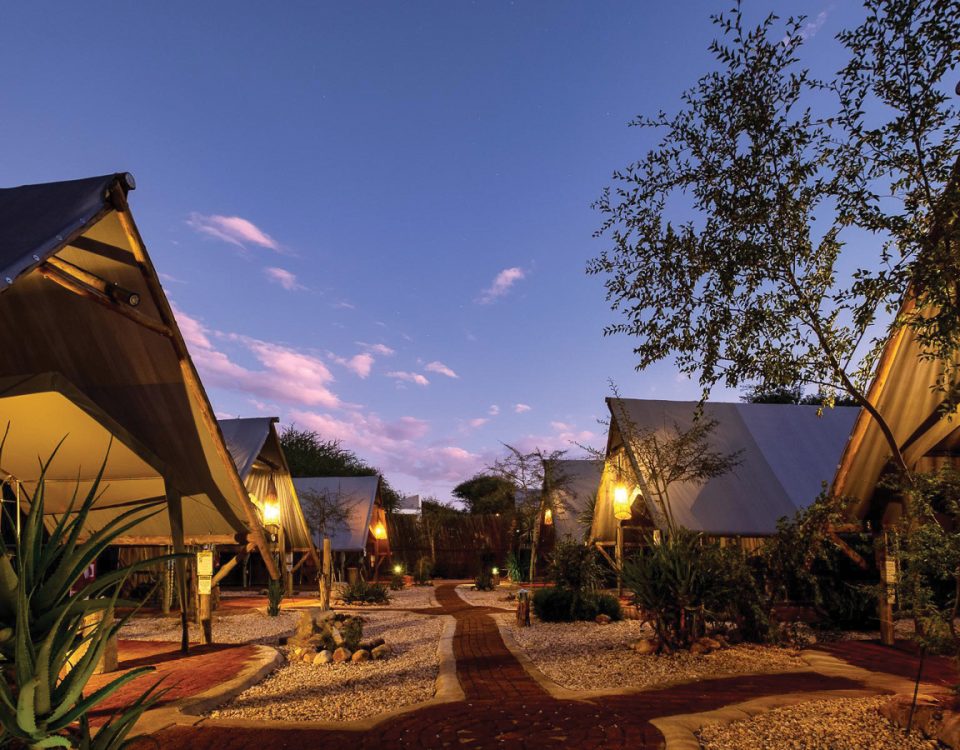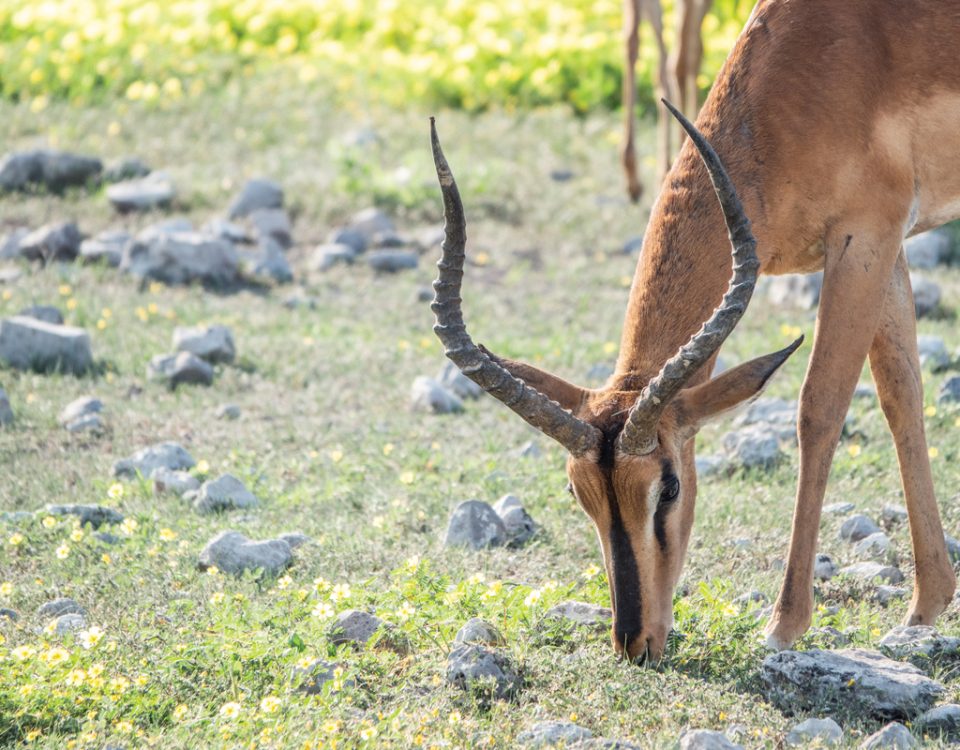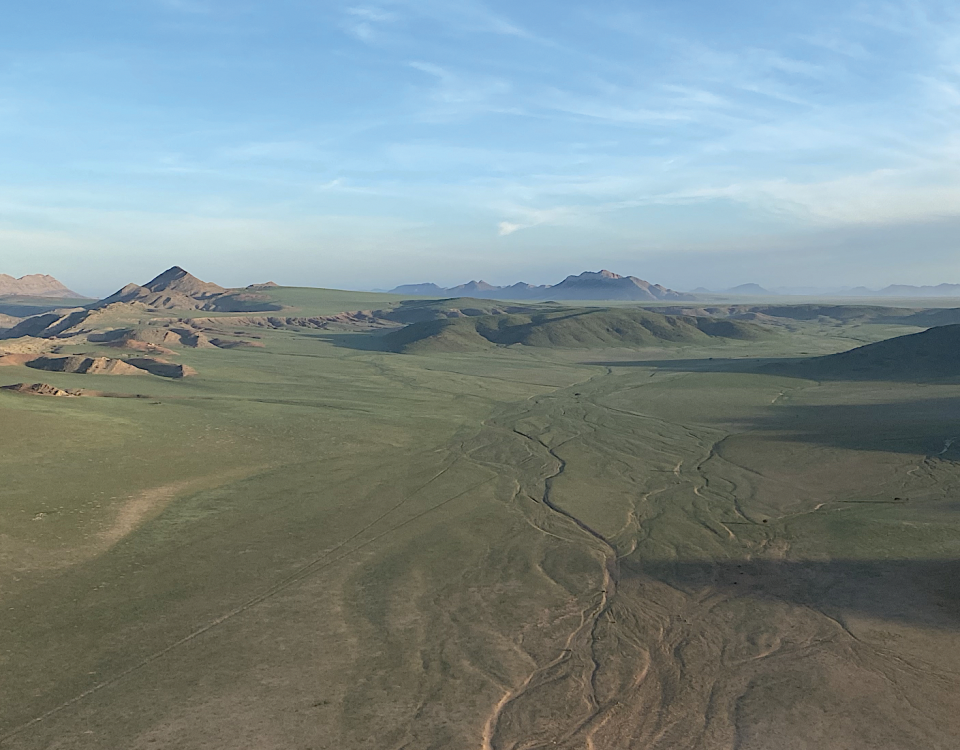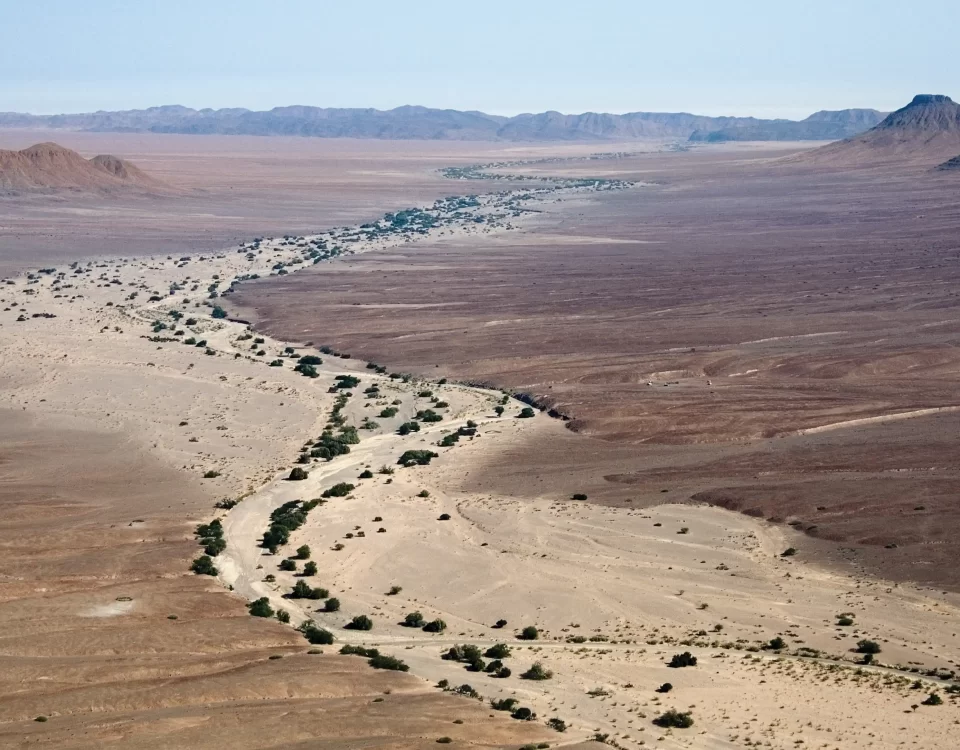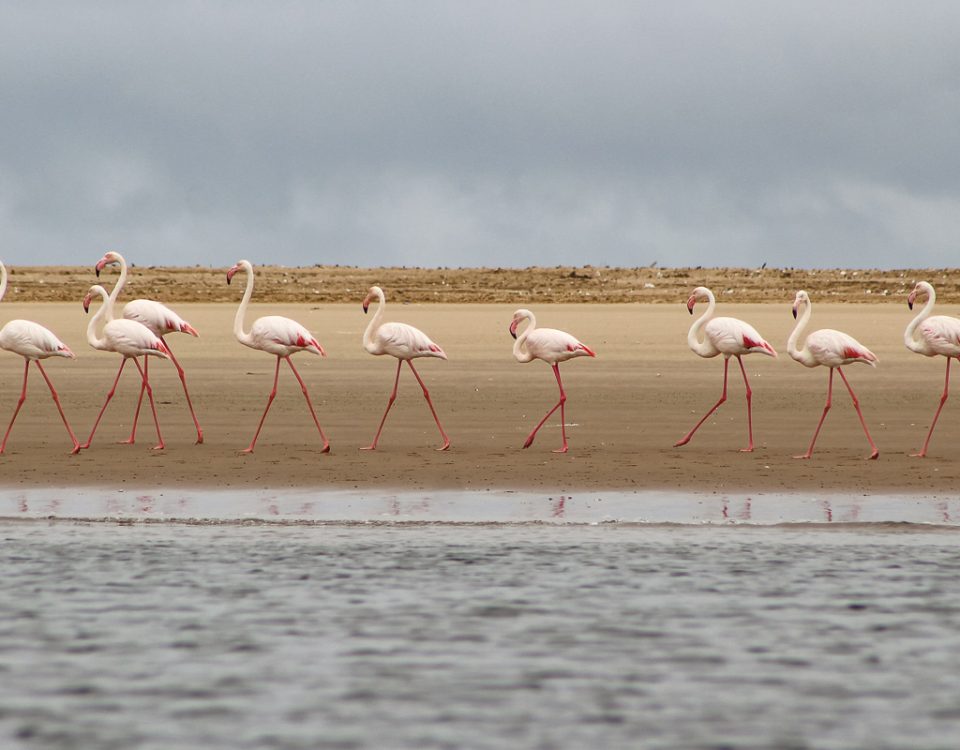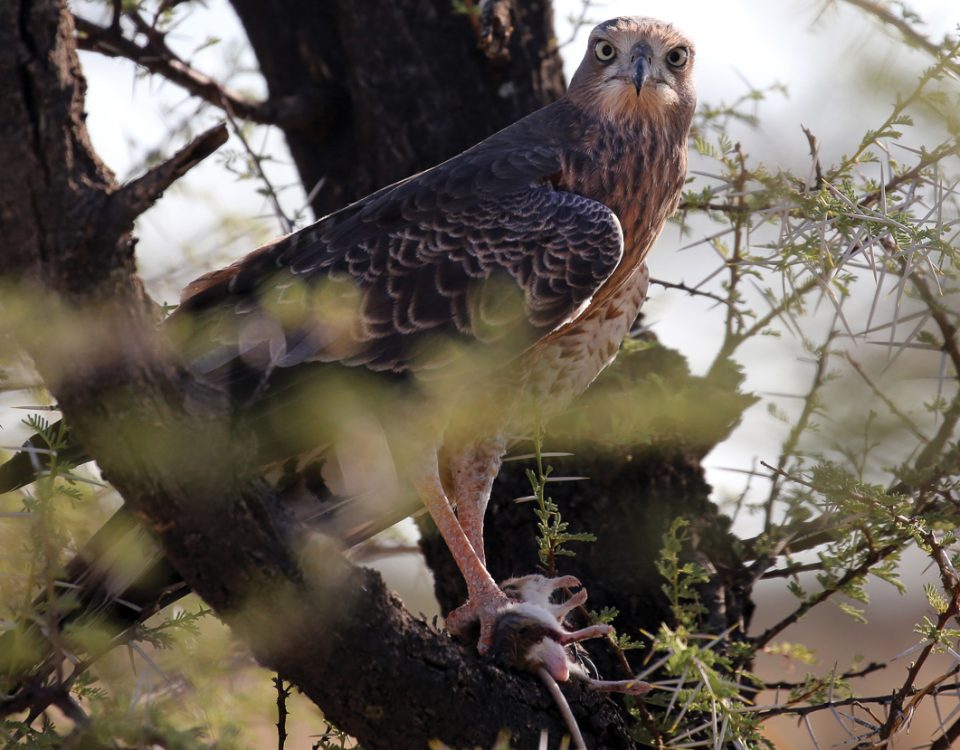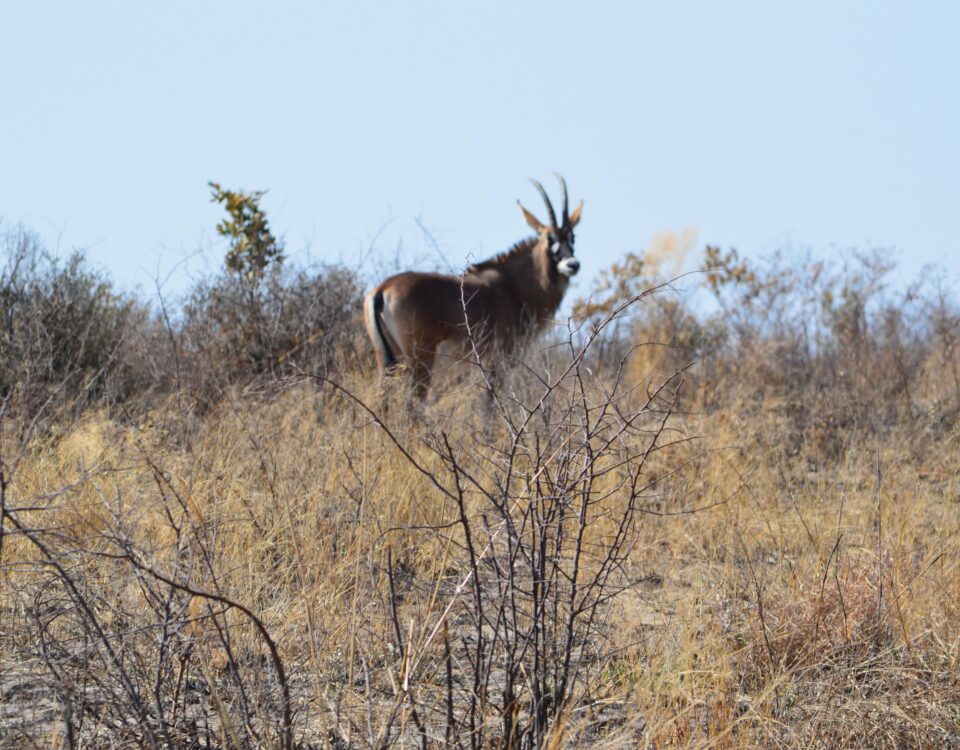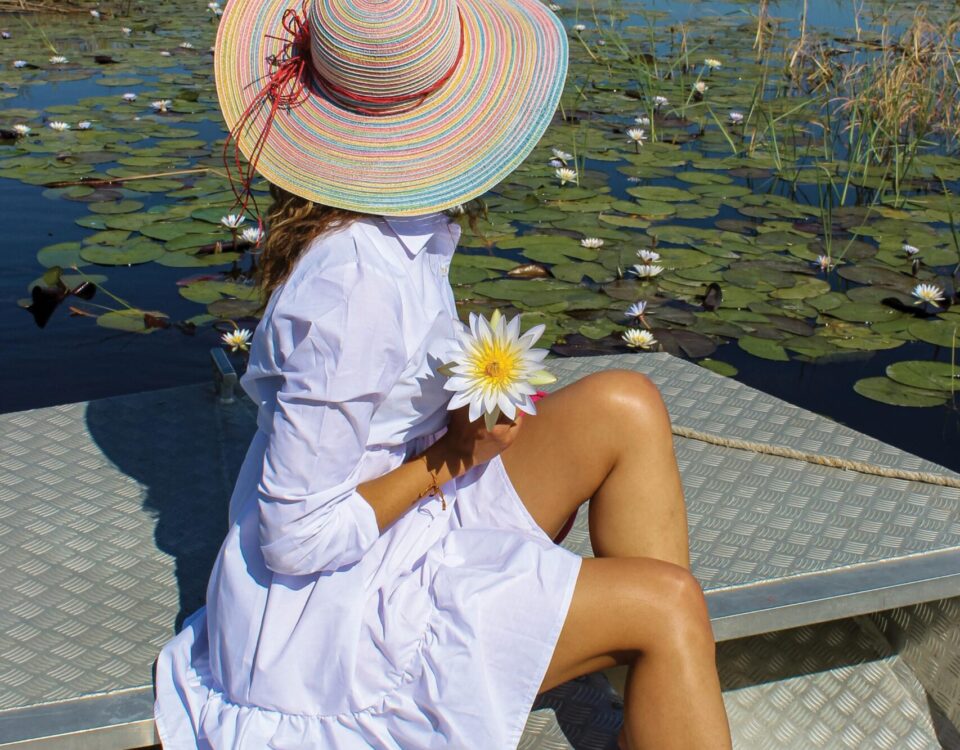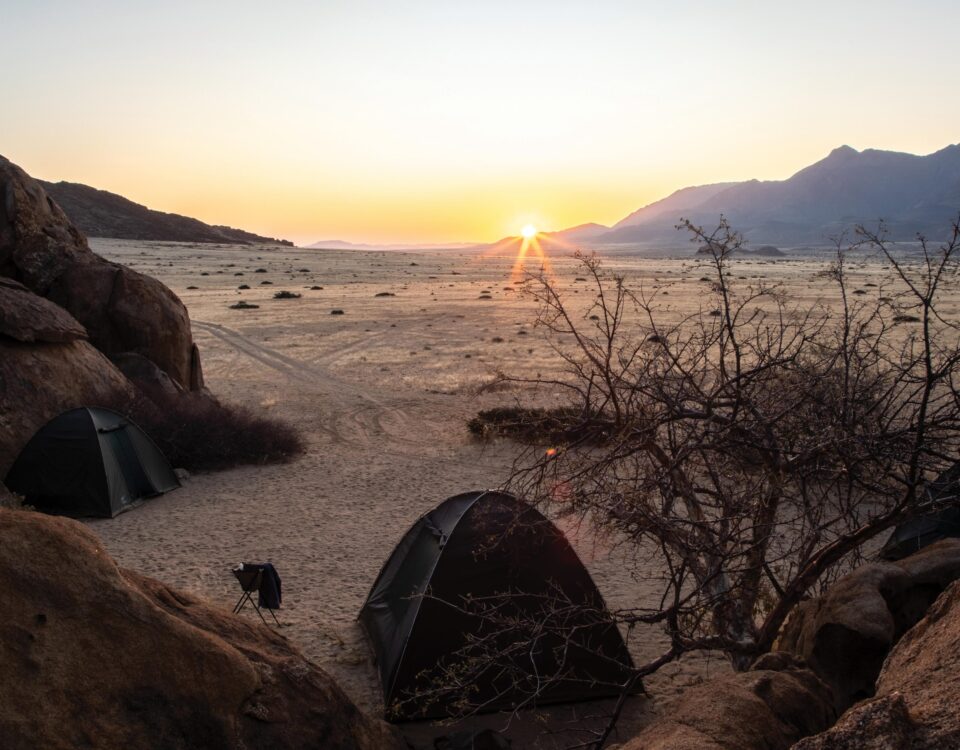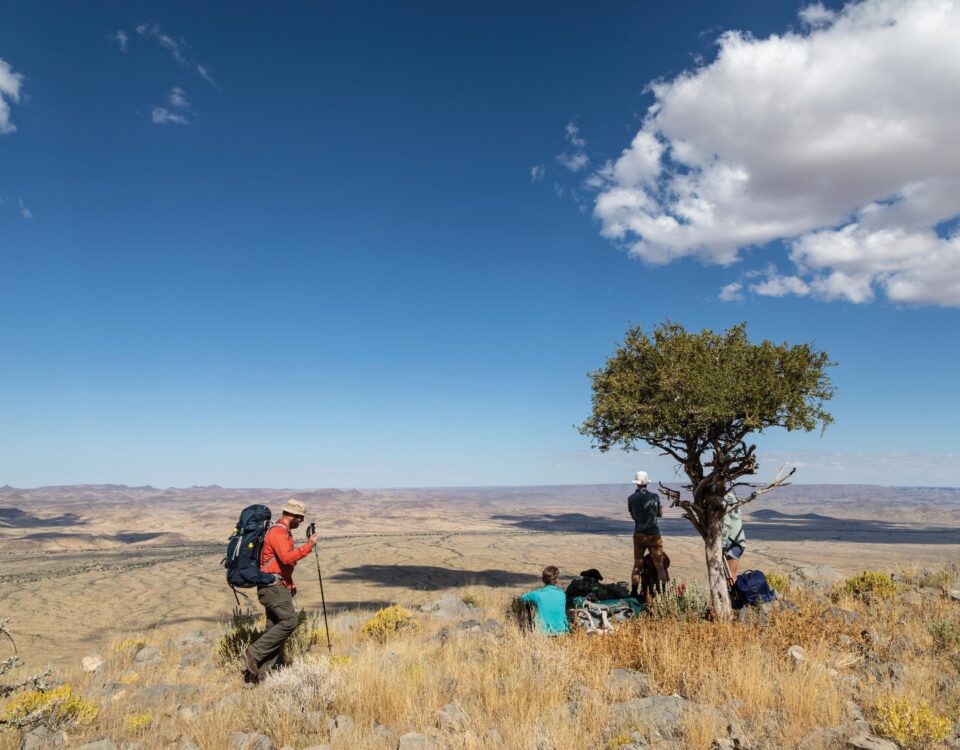[vc_row][vc_column][vc_column_text]
News Adventure Birding Books Conservation Culture Flora Photography Seasons Things to Do
[/vc_column_text]
March 7, 2023
Birding in Namibia: Tips and challenges for identifying avian species. From raptors to nocturnal birds, learn the art of bird identification and spotting. Embrace the rewards of birding in different habitats and optimal times for a fulfilling experience in Namibia's rich avian paradise.
March 7, 2023
Wildlife Delight: Your Comprehensive Checklist for Namib-Naukluft National Park's Birds, Mammals, Reptiles, Insects, and Scorpions. Uncover the park's rich biodiversity, must-see species, and best viewing areas. Prepare for an extraordinary safari experience amidst stunning desert landscapes.
March 7, 2023
Discover the legacy of Gobabeb Namib Research Institute: 60 years of pioneering arid ecosystem research in southern Africa. Uncover the fascinating diversity of desert organisms and how they adapt to extreme conditions. Globally recognised for quality desert research and scientific endeavor.
March 7, 2023
Bwabwata National Park is a place unlike any other and its lush woodlands and waterways – with the plethora of game, fish, plants and birdlife it supports – are by far the key attraction. One of the area’s many hidden treasures can be found at Ndhovu Safari Lodge.
March 7, 2023
Namibia attracts visitors with its colourful and diverse cultural heritage. The National Heritage Council of Namibia is mandated by the government to protect and conserve the places and objects of valuable significance. While some of these sites are popular and well-known tourist attractions there are also several other interesting national monuments easily missed due to their unassuming nature.
March 5, 2023
Discover Windhoek on a variety of budgets. Beyond a Namibian gateway, explore diverse culture, art, cuisine & more in this vibrant capital city.
March 3, 2023
Etosha National Park ranks among Africa’s top game parks and is renowned for its outstanding game viewing. The fascinating stories behind some of Etosha’s game species have, however, disappeared over time. Willie Olivier looks to rediscover some of these stories.
March 3, 2023
Abundant rains have fallen in the desert. Words that send every Namibian into a frenzy of excitement. Some will savour the photos taken of this phenomenon, while others will want to see this rare occurrence for themselves by packing their cars and heading out to the desert. This year, I’m one of the latter.
December 29, 2022
Robbie Stammers, spends a spectacular 18-day road trip across the length and breadth of Namibia, to experience all that the Naturally Namibia group offers.
December 8, 2022
Discover the allure of the Namibian coast's middle section for your perfect holiday getaway. Relive cherished memories of festive seasons spent in the quaint town of Henties Bay, embraced by scenic drives and misty horizons. Embark on a nostalgic journey down memory lane as you explore the enchanting landscapes and endless holiday bliss.
December 5, 2022
Encounter Pale Chanting Goshawks, Namibia's common raptors. Learn about their habits, ringing history, and stunning sightings.
September 1, 2022
Khaudum National Park offers an unforgettable and authentic wilderness experience for adventurous travellers seeking solitude in one of Namibia's most remote corners. Its deep, loose sandy tracks and large herds of elephants are legendary, and the park attracts a breed of intrepid travellers.
September 1, 2022
Whenever explaining travels, destinations, and the roads leading to adventure in Namibia, my right hand comes out. Palm facing down, index finger folded and thumb stretched out, the back of my hand instantly becomes a map. The shape of Namibia can be indicated with a single hand, and the Zambezi region is the thumb. No coincidence then that this corner of the land, often overlooked or left off visitor itineraries for being so far- flung, can be summarised by “an indication of satisfaction or approval” (a.k.a. “thumbs up”).
September 1, 2022
Towering over the desert landscape, anyone who has explored the area can attest that the Brandberg is an icon of Damaraland. The mountain holds the mythical secrets of the people who lived here many centuries ago, secrets preserved in their rock art and remains of their dwellings. It serves as a beacon to travellers, the more than 2500 metre Königsstein peak is visible from far away.
September 1, 2022
I’m not a hiker. Yet, here I find myself lifting my ridiculously heavy backpack onto my back for the first time on the morning before the start of an eight-day-long hike. The weight of the backpack immediately triggers the question: why am I doing this?

